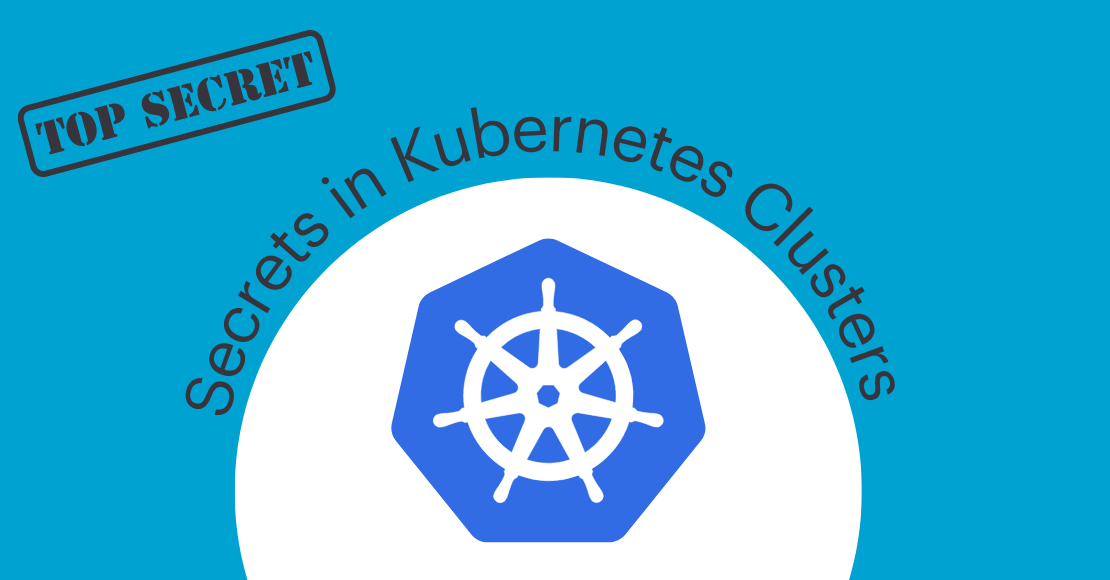This article focuses on the often-overlooked area of secrets management in Kubernetes clusters. Kubernetes is an open-source container orchestration system that automates containerised applications' deployment, scaling, and management. Though it has become increasingly popular among organisations that use containers in their cloud infrastructure, Kubernetes clusters can be vulnerable to attacks if secrets are not managed properly. The article discusses the basic principles of secrets management in Kubernetes clusters and how to apply them to keep applications secure.
Watch the Webinar Applying Basic Principles for Secrets Management in Kubernetes Clusters
This blog is based on the webinar Applying Basic Principles for Secrets Management in Kubernetes Clusters. You can watch the whole webinar here:
RELATED COURSE
Static and Dynamic Secrets Management in Kubernetes
This course will teach you how to apply basic principles for secrets management in your Kubernetes cluster. You will also learn about integrating your application with Vault using the Kubernetes service account.
Table of Contents
In this blog, we will learn you the following:
- What are Secrets?
- Static Secrets vs. Dynamic Secrets
- The Importance of Secrets Management in Kubernetes Clusters
- Using HashiCorp Vault for Secrets Management in Kubernetes Clusters
- Conclusion
What are Secrets?
Before we dive into the details of secrets management in Kubernetes, let's define what we mean by "secrets." In general, secrets are any sensitive information used to authenticate or authorise access to a system. This could include usernames, passwords, API keys, TLS certificates, encryption keys, or confidential data.
In the context of Kubernetes, secrets are used to store sensitive data that applications running in the cluster need. For example, an application might need a database password or an API key to access an external service. These secrets must be protected to prevent unauthorised access and attackers from exposing them.
Static Secrets vs. Dynamic Secrets
In Kubernetes, secrets can be classified as either static or dynamic. Static secrets are defined ahead of time and are usually API keys from third-party vendors. These secrets cannot be automatically rotated and are often shared among multiple applications. They are hard to track and pose more risk than dynamic secrets.
On the other hand, dynamic secrets are created on demand and have a time-to-live (TTL) value. They expire after a certain period and cannot be used again. Dynamic secrets are unique to each client and easier to track because each client has a secret.
The Importance of Secrets Management in Kubernetes Clusters
Proper secrets management is essential for the security of Kubernetes clusters. If secrets are not managed properly, attackers can access sensitive data and compromise the entire cluster. For example, if a developer stores a database credential in a Docker file, an attacker who gains access to the Docker registry can also access the database.
To mitigate these threats, developers should use proper secrets management and never hardcode their credentials in application code or Docker files. Instead, they should use a centralised secrets management tool like HashiCorp Vault to store and manage their secrets.
Using HashiCorp Vault for Secrets Management in Kubernetes Clusters
HashiCorp Vault is an open-source secrets management tool that provides a centralised place to store, manage, and distribute secrets. It offers encryption at rest and in transit, meaning all the data in the vault is encrypted. It also offers dynamic secrets created on demand and has a TTL value.
Vault uses role-based access control (RBAC) to specify which users can access which secrets. A role is bound to a policy, and the policy specifies access privileges. For example, a policy might allow reading and listing secrets in a particular path.
Developers can deploy a pod using a service account token to use HashiCorp Vault for secrets management in Kubernetes clusters. The application can then call Vault using the service account token to retrieve the secrets it needs.
Conclusion
In conclusion, secrets management is critical to cybersecurity in Kubernetes clusters. Developers should use proper secrets management to prevent unauthorised access to sensitive data. HashiCorp Vault is an excellent tool for secrets management and provides a centralised place to store, manage, and distribute secrets. By following these basic principles, developers can keep their Kubernetes clusters secure and prevent attacks from compromising their applications.
